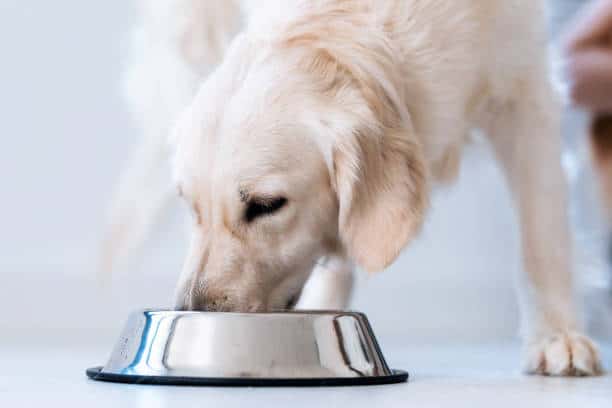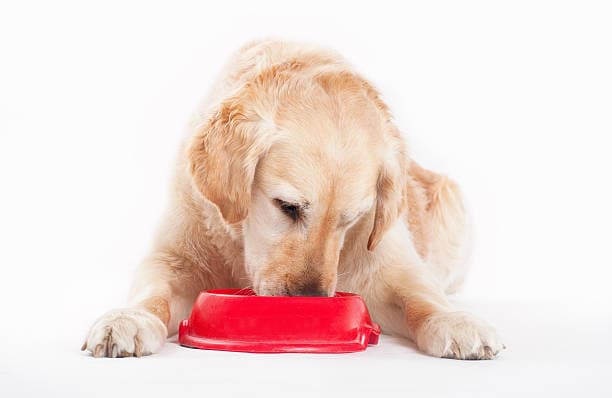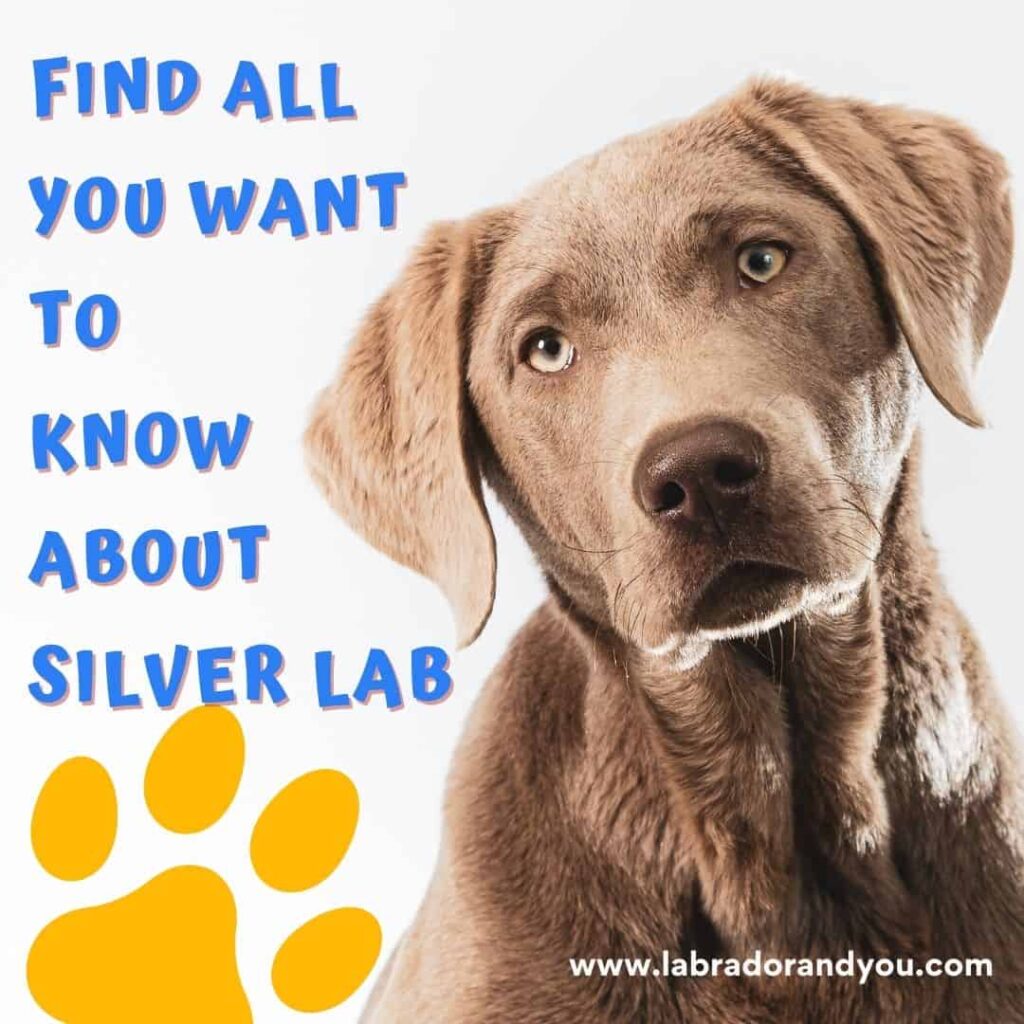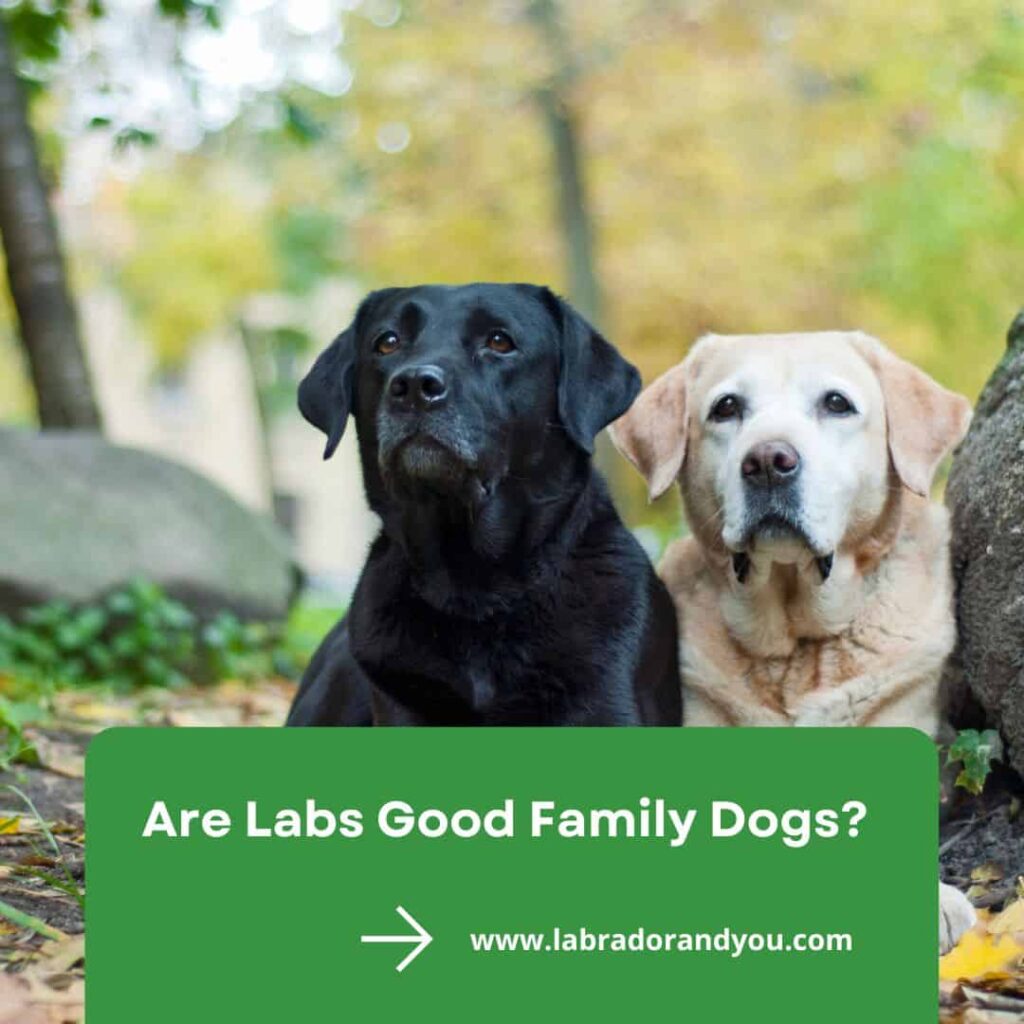Antlers are generally safe and recommended by vets and pet experts as long-lasting dog chews. Deer, moose, and elk antlers are durable and last weeks longer than raw hides or bones. They do not splinter easily and contain minimal odor. So Are Antlers Safe For Dogs?
Antlers provide mental stimulation and help clean teeth. Look for quality-grade antlers without sharp edges. Supervise chewing to prevent choking. Large antlers are not suitable for small dogs.
Overall, antlers make a beneficial recreational chew, but pets should be monitored and antlers disposed of when worn down.

Types of Antler Chews for Dogs
From the wild, dogs can enjoy a variety of antler chews sourced from deer, elk, and moose each differing in density and texture.
Deer Antlers
Deer antlers make good chew toys for dogs. They are hard and do not break into sharp pieces easily. This makes them safe for strong chewers. Dogs can use the same deer antler for a long time, which is nice for your wallet! But, these tough chews can harm a dog’s teeth if they bite too hard or too often.
A dog should never gulp down big pieces from any chew toy, even deer antlers. This could hurt their insides badly.
Elk Antlers
Elk antlers are another type of antler chews for dogs. They come from the elk, a big animal like a deer. Elk antlers are long-lasting and safe for your dog to chew on more than rawhide. They can be fun for your dog, too! But not all elk antlers are good. Some cheap ones may not be safe for dogs.
Hard chews such as these can hurt your pet’s teeth if used too much or too hard. Keep an eye on how much and how hard your dog is chewing on them! Also, remember that your dog should eat no part of the antler to keep it safe from choking hazards or belly issues.
Always choose high-quality elk antlers for safer chewing.
Moose Antlers
Moose antlers are a popular kind of dog chew. They are softer than deer and elk antlers. This makes them good for dogs who don’t chew hard, older dogs, and young pups. Dogs also like the way moose antlers taste more than other types.You can find these in many shapes and sizes to fit what your dog likes best!
The Pros and Cons of Antlers for Dogs
Antler chews for dogs have several advantages, such as being long-lasting, hypoallergenic, and odor-free. Yet they also pose potential risks, including dental damage and choking hazards.
It’s important to weigh these pros and cons to decide whether antlers are a safe choice for your canine companion.
Long-lasting
Antler chew toys last a long time. They are tough and do not break like other toys. This makes them a money-wise pick for your dog to gnaw on. Dogs love the taste of Antlers from North American deer and elk.
These antlers can take a lot of biting before they wear out or split. So, your pet will enjoy them for many days.
Hypoallergenic
Antlers for dogs are hypoallergenic. This means they don’t usually cause allergies. Dogs with skin reactions or sensitivity to some toys may be safe with antlers. They don’t contain pet dander, which often leads to allergic reactions.
Hypoallergenic products like antlers can cut down on irritation. As a result, your dog feels more comfortable while chewing. It’s good news for pets and owners alike!
Odor-free
Antlers are a great choice for dog chews. They have no smell at all! This makes them nice for your home. Other treats may leave a bad smell. But, antlers do not stain or make residue either.
Owners will find this quite nice. With antlers, dogs get tasty treats and homes stay clean and fresh!

Potential Risks of Antlers for Dogs
Antlers, although popular as chews, carry risks including dental damage and choking hazards; we explore these safety concerns in detail here. Intrigued? Read on to uncover more about the possible dangers posed by antler chews to your furry friend’s health.
Dental risks
Dogs love to chew on antlers, but this can lead to big problems. The hard surface of the antlers can hurt a dog’s gums and make them bleed. There’s also a risk for dogs to crack or chip their teeth on these tough chews.
This is no small thing. Tooth fractures are often seen in dogs that chew on antlers. One study even found that one out of every four pets had tooth breaks from chewing antlers! Broken teeth can be painful and may cause infections inside the mouth if left untreated.
Choking hazard
Big pieces of dog chew toys can turn into a problem. Dogs may swallow them by mistake. This is often the case with antlers. A dog may gnaw it down to size or break off a piece and try to swallow it.
This puts dogs at risk for choking. It becomes even worse if the broken piece gets stuck in their throat or makes its way into their belly. The tiny bits from fragile dog toys like antlers can cause big problems to your pet’s health, so be alert!
GI obstruction
Dogs can get a GI obstruction from antlers. This means that the path for food to go through gets blocked. This blockage can make your dog very sick and might even be life-threatening.
The cause is often small pieces of antlers that dogs swallow as they chew on them. These pieces can get stuck in their throat or gut, making it hard for food to pass by. A vet may have to act fast if this happens, so look out for signs like vomiting or difficulty breathing.
Veterinarian Opinions on Antlers for Dogs
Dr. Julie Buzby, a well-known vet, says antlers are not safe for dogs. She warns that hard bones like these can harm the teeth of dogs. Many other vets agree with her and tell dog owners to stay away from antlers and other hard items.
But, some vets have different thoughts. They say deer antlers can clean tartar off dogs’ teeth in an easy way.
Yet another group of vets point out the good things in antlers for dogs. These bones have many minerals such as calcium, iron, zinc and potassium that help keep dogs healthy. They also note that while antler chews may be okay for most dogs, they could be unsafe for those who bite very hard on things.
Signs to Watch for Dental Issues
If your dog incessantly paws at their mouth, refuses to eat, or displays bleeding gums and bad breath, they may be experiencing dental issues such as slab fractures or broken teeth.
Slab fractures
Slab fractures are a real risk when dogs chew on antlers. They can occur in any tooth but the upper fourth premolar is most often affected. This type of fracture happens when a part of the tooth breaks off, leaving a flat surface.
Often this slab includes part of the enamel and dentin.
This kind of fracture can cause pain for your dog. Also, it may lead to more serious oral health problems if not treated soon. A vet can spot slab fractures during a check-up visit.
Chewing on hard things like antlers often leads to these fractures in dogs’ teeth.
Chipped or broken teeth
Dogs love to chew, but chipping or breaking their teeth on antlers is a big risk. Antlers are very hard. They can cause fractures in the dog’s tooth, which greatly hurts. The canine tooth is often harmed because it’s used often when chewing.
A cracked tooth may also lead to bad infections inside the mouth or jaw of your pet if not treated fast enough. This issue is a serious dental problem that needs you to take quick actions for the safety of your furry friend.
Signs of Choking or GI Obstruction
Identify potential signs of choking or gastrointestinal (GI) obstruction in your dog, which hard pieces from antlers can cause; these may include difficulty breathing, vomiting, and unusually low energy levels.
Difficulty Breathing
Dogs can have a hard time breathing if they choke on antlers. This is known as respiratory distress. It happens when something blocks the airway, like parts of an antler. Dogs with flat faces are at bigger risk.
They already find it hard to breathe, and an antler could make it worse. Also, your dog might cough or throw up after chewing on an antler. These signs tell you that your pet is not able to breathe well.
Even big antlers can be unsafe for dogs because they might still lead to choking or blockage in the gut which makes breathing tough for them too! The same risks apply for buffalo horns as well.
Vomiting
Vomiting in dogs can happen for many reasons. One such reason could be due to chewing on hard things like antlers. When your dog chews on an antler, it might swallow pieces that are too big.
These big pieces can cause a blockage in the stomach or gut. This is called GI obstruction.
A blocked gut will make your dog feel sick. It may not want to eat and its belly may hurt. The biggest sign of this problem is when your dog throws up often or does not stop throwing up at all.
As soon as you see these signs, take your dog to the vet fast!
Lethargy
Your dog may feel lazy and tired if it has swallowed antler pieces. This is called lethargy. It shows that your pet might be having trouble inside its body. The sharp bits from the antler chew can get stuck in the throat, mouth, or belly of your dog.
This leads to blocks which cause pain and loss of energy in your pup. Puppies might not have strong teeth for hard chews like antlers yet. So they are at a greater risk for getting sick from these toys.
Watch out for signs of weariness in your dog after it plays with an antler toy!

Safe Alternatives to Antlers for Dogs
Explore the various safe alternatives to antlers for dogs, such as rawhides, bully sticks, and rubber or nylon toys that offer comparable benefits without the potential risks. Dive into the world of Petsafe chewing options in our next section.
Rawhides
Rawhides are another choice for dog chews. They are full of nutrients, which makes them healthy for dogs. But, like other chew toys, rawhides can be risky too. Dogs might choke if they try to swallow a big piece.
So, always watch your dog when he is chewing on rawhides and take it away if the piece gets too small. Also keep in mind that not every dog treats are safe for all dogs. What works well for one pet could harm another one with different habits or needs.
Bully sticks
Bully sticks are safe dog treats and natural chews. They come from the muscle of bulls. Many dogs like their taste. Large dogs and those with strong jaws may find them fun to chew on.
But bully sticks have a downside too. They can break into small pieces which can hurt your dog’s mouth or stomach. Also, these sticks pack lots of calories that could make your dog put on weight if they eat many.
For aggressive chewers, non-edible chews might be a better choice. These toys last longer and won’t add extra calories to your pet’s diet. So think about what suits your furry friend best!
Rubber or nylon toys
Rubber and nylon toys make safe chews for dogs. They fit a dog’s chewing needs without causing dental harm. These toys should be strong but also bend a little to stop tooth damage.
Many dogs like nylon and plastic bones. Yet, if your dog starts to rip and eat pieces of these toys, it can turn dangerous fast!
Guidelines for Choosing Safe Chew Toys
Selecting safe chew toys for your dog involves considering several factors. Ensure the toys are not overly hard or have sharp edges that can damage teeth. The toy’s size should be suitable for your dog, preventing any risk of choking.
Always consider your pup’s breed and chewing habits when making a choice. Finally, opt for toys made with non-toxic materials to keep your pet healthy and safe.
Avoid very hard or sharp toys
Hard or sharp toys can hurt your dog. Toys that are too hard may break a dog’s teeth. Sharp edges could cut their tongue and gums. Some toys like antlers can split into small pieces when a dog chews on them.
Dogs might swallow these pieces, leading to serious stomach and gut problems. So, it is best to keep away from such risky play items for your pet’s health and safety!
Consider the size and breed of your dog
Your dog’s size and breed matter a lot in picking the right chew toy. Big dogs need big toys! They can swallow small toys, which can lead to choking or tummy issues. So, always pick larger toys for larger breeds.
Small dogs also face risk with bad toy picks. A heavy or large chew toy may hurt their little jaws. For them, go for lighter and smaller choices that fit their mouths well. Each breed has its own needs too – some like tough chews while others prefer softer ones.
Partnering with Your Veterinarian
Maintain open communication with your vet about your dog’s chewing habits, seeking advice on safe chew toys and prioritizing regular dental check-ups to ensure optimal oral health.
Consulting with your vet
Talk to your vet before giving antlers to your dog. Your vet knows your pet’s health best. They can tell you if antlers are safe for your dog. Also, they can help check your dog’s teeth regularly.
This is important for telling if the antler is hurting your pet’s mouth or not. If you see any changes in how your dog acts after chewing an antler, call the vet right away. It could be a sign of pain or trouble with their teeth.
Regularly checking your dog’s teeth
Look at your dog’s teeth often. This helps you spot problems early. You can see if the gums are bleeding or if there are fractured teeth. If you find something wrong, tell your vet right away.
They will know what to do next and help keep your pet safe from any harm caused by bad dental health – like internal damage from antler chewing.
Conclusion
Choosing the right chew for your dog can be hard. Antlers may seem like a good choice. But they can hurt your dog’s teeth and mouth. It is best to pick other safe toys and treats to keep your pet happy and healthy.

FAQs
1. What Nutrients Are In Antlers For Dogs?
Antlers contain calcium, phosphorus, zinc, and manganese. They lack protein so they are not a food substitute.
2. Are Elk Or Deer Antlers Better For Dogs?
Elk antlers are typically recommended as they are less likely to splinter than deer. Moose antlers are also very durable.
3. How Long Do Antlers Last Compared To Other Chews?
Antlers can last for weeks or months, much longer than raw hides, pig ears, or bones.
4. Can Puppies Chew On Antlers?
Veterinarians recommend waiting until a puppy has all their adult teeth around 6 months old before introducing antler chews.
5. Are Antlers A Choking Hazard For Dogs?
Large breed dogs 2 years+ are at the lowest risk. Supervise chewing and dispose when worn down to a small piece.
6. How Can You Tell If An Antler Is Good Quality?
High quality antlers have smooth surfaces free of splinters. Avoid antlers with cracks or extremely hard points.
7. Should Antlers Be Boiled Before Giving To Dogs?
Most veterinarians don’t recommend boiling as it can make the antler more brittle.
8. Can Dogs Digest Antler Fragments Swallowed?
Dogs can pass small antler fragments in their stool. Large pieces require veterinary attention.
9. Are Antlers A Replacement For Brushing Dogs’ Teeth?
No, antlers help clean teeth but don’t replace a toothbrushing routine.
10. How Do I Introduce Antlers To My Dog?
Start with 5-10 minutes of supervised chewing. Make sure your dog is interested before leaving antlers unattended.
Author Profile
- Site Owner And Dog Lover
-
Aritra, the founder of Labradorandyou.com, is a lifelong dog lover whose passion ignited for Labradors for their loyalty and intelligence. With extensive research and personal experiences, Aritra has become a Labrador expert, offering a rich resource on the breed. Labradorandyou.com provides reliable, timely, and evidence-based information, including Labrador-specific product reviews, training techniques, and care tips.
Labradorandyou.com was born out of Aritra's passion and his desire to share his profound knowledge about the breed. The site serves as a comprehensive resource, offering a wealth of up-to-date information for Labrador owners and enthusiasts alike
Also by the author
-
 Lab-TypesNovember 17, 2023Old Dog Seizures: Causes, Symptoms, and Treatment Options
Lab-TypesNovember 17, 2023Old Dog Seizures: Causes, Symptoms, and Treatment Options
-
 Lab-TypesNovember 17, 2023Why Is My Dogs Poop Yellow? 8 Reasons & Solutions
Lab-TypesNovember 17, 2023Why Is My Dogs Poop Yellow? 8 Reasons & Solutions
-
 ReviewsNovember 17, 2023The Only Hill’s Science Diet Review You Need To Read
ReviewsNovember 17, 2023The Only Hill’s Science Diet Review You Need To Read
-
 Lab-TypesNovember 17, 2023How To Adopt An Emotional Support Dog?
Lab-TypesNovember 17, 2023How To Adopt An Emotional Support Dog?





